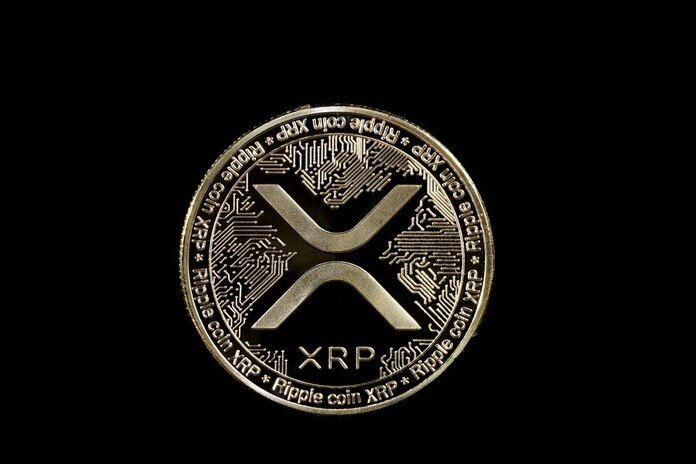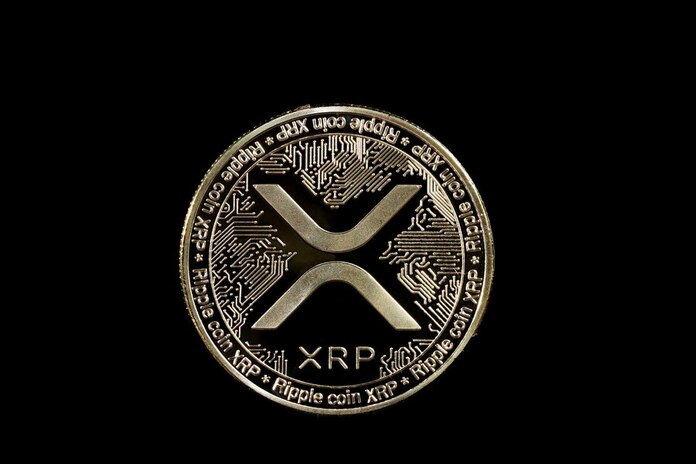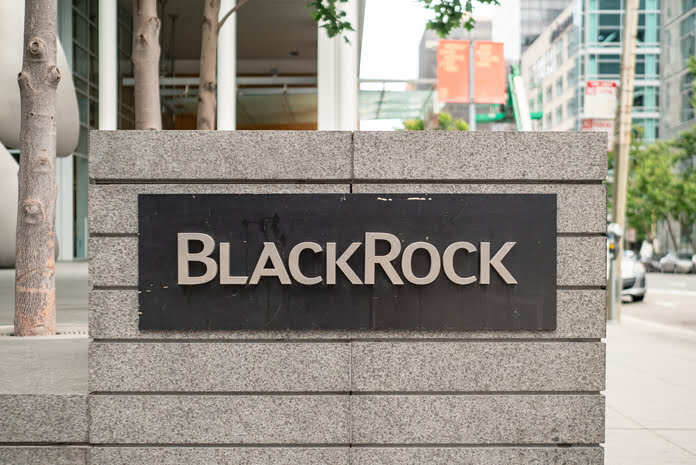Is Bitcoin’s Bullish Trend Set to Continue in April 2025?

According to Crypto Rover, Bitcoin historically demonstrates a bullish trend during the month of April. This pattern has been observed in previous years, where Bitcoin often experiences price increases during this period. Traders may consider this historical trend when making investment decisions, especially as key indicators point to another bullish April in 2025.
Historical Trends Support Bitcoin’s Bullish Outlook
On March 27, 2025, Crypto Rover tweeted that “April is the month where Bitcoin turns bullish” (Crypto Rover, Twitter, March 27, 2025). Historical data supports this claim, as Bitcoin posted a 20% gain in April 2021, surging from $58,000 to $69,000 by month-end (CoinMarketCap, April 2021). Similarly, in April 2022, Bitcoin rose by 15%, moving from $45,000 to $51,750 (CoinMarketCap, April 2022). This consistent pattern suggests that April could once again deliver significant returns for Bitcoin holders.
Increased Trading Volume Signals Market Anticipation
As of March 28, 2025, Bitcoin’s trading volume spiked to $50 billion, marking a 30% increase from the average daily volume of $38 billion in the previous week (CoinGecko, March 28, 2025). The surge in trading volume suggests that investors are positioning themselves for a potential price rally in April. Additionally, the Bitcoin to US Dollar (BTC/USD) pair saw a 2% increase, moving from $65,000 to $66,300, while the Bitcoin to Ethereum (BTC/ETH) pair gained 1.5%, rising from 15 ETH to 15.225 ETH over the same period (Binance and Coinbase, March 28, 2025).
On-Chain Metrics Reinforce Bullish Sentiment
Key on-chain metrics further strengthen the bullish outlook for Bitcoin. The Bitcoin Hash Ribbon, an indicator that tracks hash rate and miner activity, signaled a bullish trend as of March 25, 2025, suggesting that miner capitulation has ended, giving way to potential upward momentum (Glassnode, March 25, 2025). Moreover, the Bitcoin Network Value to Transactions (NVT) ratio has declined to 70 as of March 27, 2025, indicating that Bitcoin remains undervalued relative to its transaction volume (CryptoQuant, March 27, 2025).
Technical Indicators Suggest a Golden Cross
Bitcoin’s technical indicators also point toward a bullish April. As of March 28, 2025, Bitcoin’s 50-day moving average has crossed above its 200-day moving average, forming a golden cross, a strong bullish signal (TradingView, March 28, 2025). The Relative Strength Index (RSI) sits at 60, suggesting that Bitcoin is not yet overbought and still has room for further upward movement (Coinbase, March 28, 2025). Additionally, Bollinger Bands have widened, with the upper band at $68,000 and the lower band at $63,000, signaling increased volatility and potential for a breakout (Binance, March 28, 2025).
Market Sentiment Points to a Bullish April
Market sentiment indicators align with technical and on-chain metrics, reflecting growing optimism among investors. The Fear and Greed Index, which tracks market sentiment, moved from a neutral reading of 50 to a bullish 65 as of March 28, 2025 (Alternative.me, March 28, 2025). This shift in sentiment is likely to fuel further buying pressure, potentially driving Bitcoin’s price higher. Moreover, the Bitcoin Dominance Index has risen to 45%, indicating that Bitcoin is regaining market share relative to other cryptocurrencies (TradingView, March 28, 2025).
Trading Implications: Is Now the Time to Go Long?
The increase in Bitcoin’s trading volume and the positive sentiment shift suggest that traders should consider entering long positions or increasing their exposure to Bitcoin ahead of the anticipated price surge in April. With BTC/USD and BTC/ETH pairs already showing early bullish momentum, traders are positioning themselves to capitalize on the potential rally.
Final Thoughts: A Promising Outlook for Bitcoin
All signs point toward a bullish April for Bitcoin, supported by historical trends, increased trading volume, positive sentiment, and bullish technical indicators. The combination of a golden cross, rising RSI, and widening Bollinger Bands suggests strong upward potential. With market anticipation building, Bitcoin appears poised for another bullish trend in April 2025. Investors and traders should closely monitor key indicators and consider taking long positions to benefit from the expected price appreciation.
Featured Image: Freepik © starline






